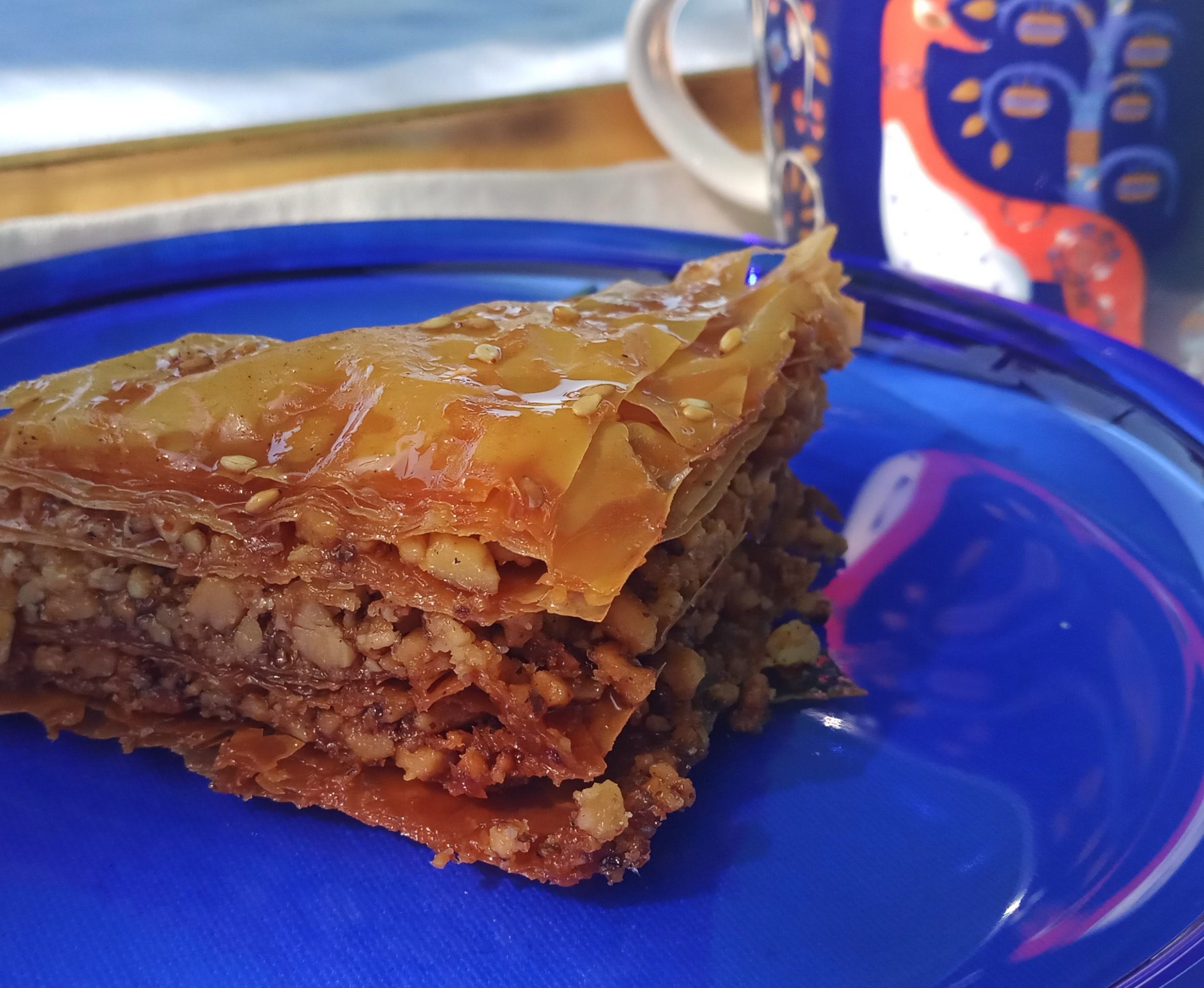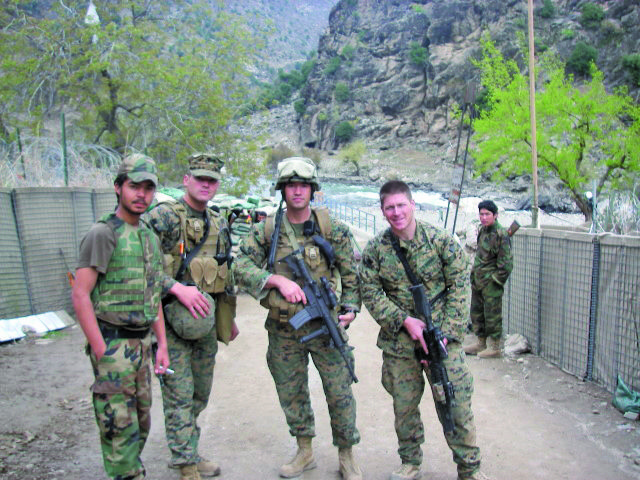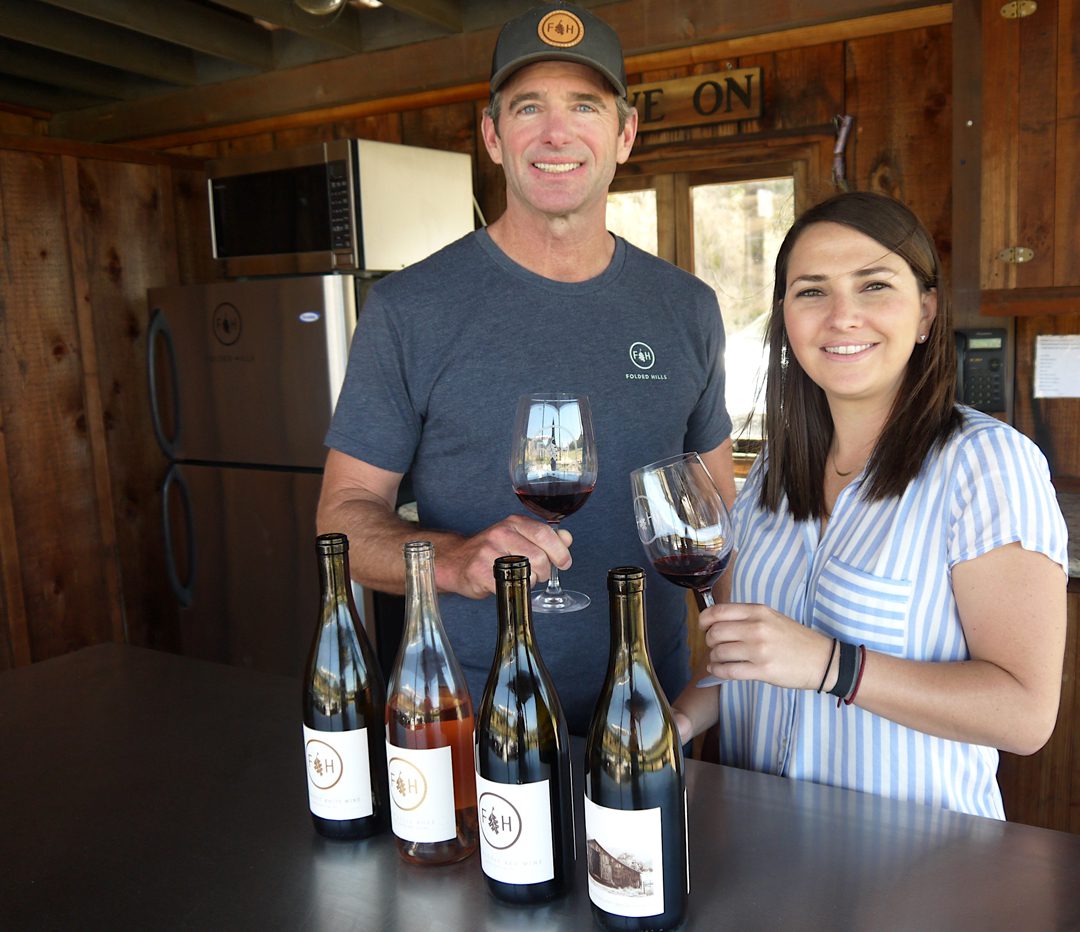By Vida Gustafson
Contributing Writer
If you’re thinking of the pale, soggy baklava one sometimes gets from a store or craft fair, I don’t blame you for turning up your nose.
Perhaps in the eagerness to enjoy the result of hard work, people shorten the baking time and in the interest of saving money they opt for a sugar syrup instead of honey.
Honey has a very low moisture content and, as a result, when you drizzle your crispy baklava layers with honey instead of syrup after baking, they will not turn soft. They’ll remain delectably crisp, with that unmistakable honey sweetness that plays so well against the background of nuts and butter.
I’ve put together a super simple baklava that is my go-to when I want to impress a little. I use walnuts because they grow everywhere around here, and the slight bitterness rounds out the flavor perfectly. You can use whatever nut you like. Pistachios are traditional and pecans turn out delicious.
You can flavor the honey as well, adding for example a teaspoon or two of rosewater or lemon juice, or a couple of cardamom pods while heating. Think of baklava as a blank canvas, with just a few simple rules.
Ingredients
1 pack phyllo dough (I was lucky enough to find one that measured 9’’ by 14’’)
¾ C butter (melted)
1 lb. walnuts (finely chopped)
1/3 C granulated sugar
2 tsp ground cinnamon
¼ tsp salt
1 C Honey
Special Equipment
Pastry brush (for evenly applying butter to each layer)
Square or rectangular baking dish
Method
Thaw your phyllo dough; usually this takes 2-3 hours at room temperature. Or overnight.
You might be wondering why I don’t include instructions on how to make your own. Well, my mother once made baklava with phyllo dough from scratch, before I was born. It was such a chore she has never ever made baklava again, not even with pre-made dough. I am now 37 years old, so it must have been rough.
Finely chop the nuts you’re using; you can use a food processor, but be careful not to make a fine paste. They chop fast! Mix the nuts with sugar, cinnamon and salt, and divide into three even batches. (I just eyeballed it.)
Heat up the butter in a small saucepan and set up your assembly station.
Ideally, you’ll want the butter to stay melted and be really close to where you’re putting it all together. I do it right next to the stove, to save reheating.
Cut the phyllo to the size of your baking dish. It does not have to be perfect. Phyllo naturally wrinkles and folds, but try to get it within half an inch of the right size.
Lay the dough out next to your baking dish, with something to cover it with so it doesn’t dry out while you’re buttering.
Spread a thin layer of butter on the bottom of the baking dish and lay out your first layer of dough. Spread another thin layer of butter over the entire surface and repeat with another layer of dough until you have laid 5 down. Evenly sprinkle on 1/3 of your nut mixture and lay a piece of dough over. You may have to sprinkle the butter over this one as evenly as you can, because otherwise the brush will just move the dough all over.
Repeat another 5 layers of alternating dough and butter, then add the second 1/3 of nuts, then one more round of phyllo and butter in 5 layers and the last of the nuts. Use the remaining phyllo dough. I usually get around 7 more layers.
Once you’ve buttered you last layer, it’s time to cut the baklava into the individual shapes you’ll want at the end. Be careful not to cut all the way to the bottom — try to stop your knife about half way through. This helps the honey to soak into the filling better ,and not drain to the bottom.
Bake at 300 degrees for 1 ½ hours, keeping an eye on it for the last 15. Take it out when it turns a light to medium brown.
Heat up the honey in a small saucepan and spoon it over the entire bake. I sprinkled on some sesame seeds. Let cool and cut the pieces all the way through.
Enjoy!







